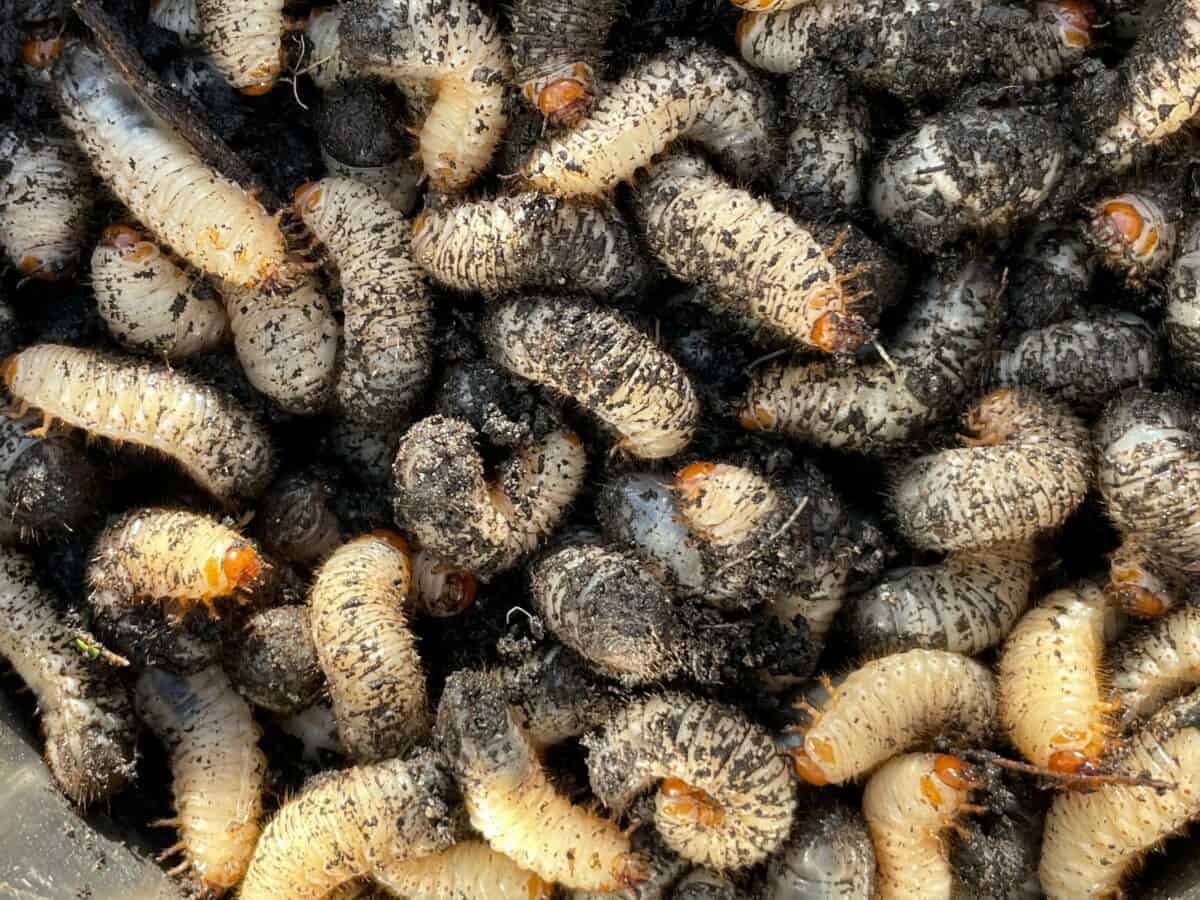Did you know that squirm-inducing maggots, commonly associated with putrid decay and unsanitary conditions, are actually the superheroes of all ecosystems?
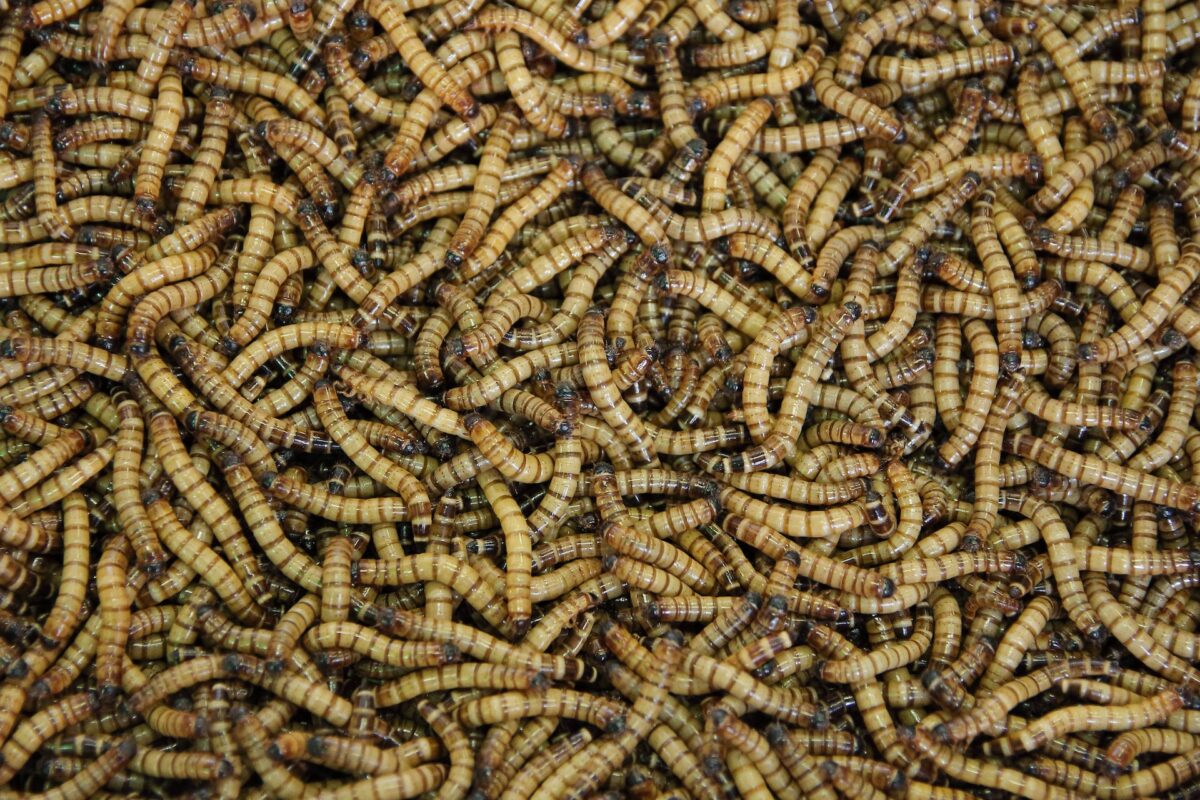
In their larval stage of life, these tiny worm-like creatures are key players in the natural decomposition cycle. They work tirelessly to break down organic matter and return nutrients to the soil, thus thriving the cycle of life and growth.
But that’s not all – they also serve as a crucial food source for wildlife, from the graceful birds soaring in the sky to the slithering reptiles on the ground.
So, let’s not underestimate these unsung heroes anymore. Today we’ll delve deep into the fascinating biology and behavior of these often misunderstood and underestimated creatures!
What Causes Maggots?
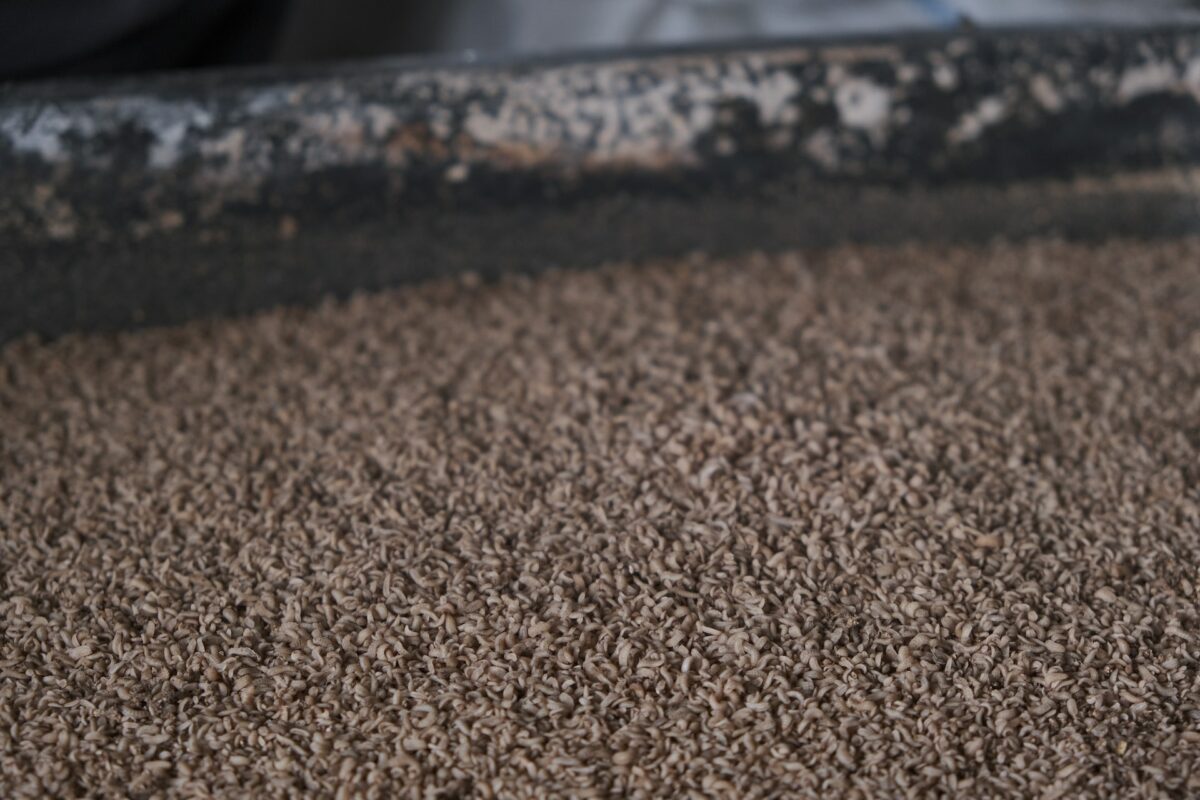
Maggots are caused by the eggs of flies hatching into larvae, also known as maggots. Flies lay their eggs in moisture, such as rotting fruits, vegetables, carrion, or garbage. The eggs hatch within a few days and the emerging maggots feed on the surrounding decaying matter.
Physical Characteristics
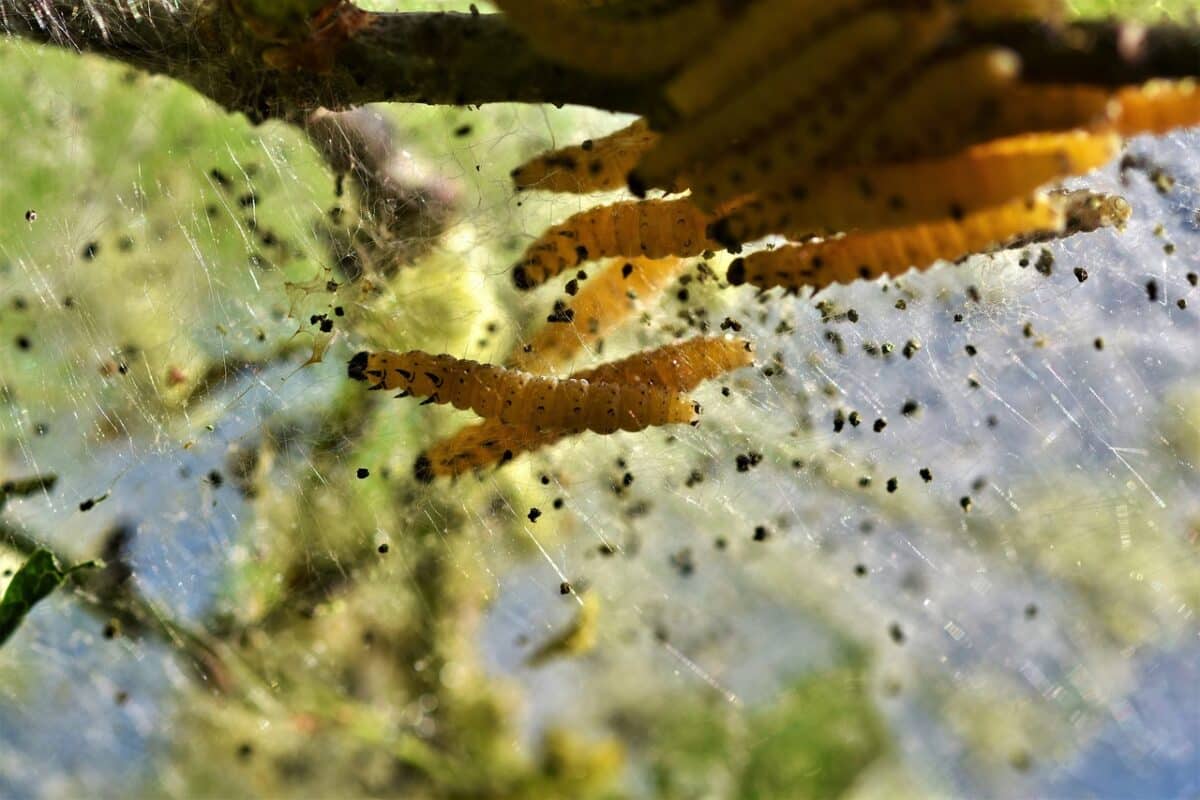
Their physical characteristics vary depending on the species, but they generally have a soft, white, segmented body with a head and a tail.
Unlike adult flies, maggots do not have legs, eyes, or other sensory organs. Their mouthparts are typically located at the head end of the body and equipped with sharp, cutting edges that allow them to extract nutrients from their food source efficiently.
Another important physical characteristic of maggots is their cuticle, also known as their outer layer. The cuticle helps to protect the maggots from their environment, providing a barrier against bacteria and other harmful substances. It also helps to maintain their body shape and structure as they grow and mature.
They can range in size, depending on the species and their stage of development, but they are rarely bigger than an inch. They are typically plump and worm-like, with a smooth, white body covered in fine hair.
Their physical characteristics are relatively simple but effective. Its adaptations allow them to feed and multiply efficiently. Despite their negative reputation, maggots are an essential part of the ecosystem and play a vital role in breaking down organic matter and recycling nutrients into the soil.
The Life Cycle of a Maggot
The life cycle of a maggot is a four-stage process that begins with an egg and ends with the emergence of an adult fly.
Interestingly, some flies can lay hundreds of eggs at a time, resulting in a rapid and massive population boom of maggots. Despite their not-so-pleasant reputation, their life cycle and reproductive strategies are nothing short of amazing!
The four stages of their life cycle are as follows:
#1 Egg
The life cycle begins with the laying of an egg by a female fly. Flies typically lay their eggs in moist, organic matter such as rotting fruits, vegetables, or carrion. Within a few days the eggs hatch, and maggots emerge.
#2 Larva
The newly hatched maggots are white and worm-like, with a segmented body, head, and tail. They have a mouthpart that they use to feed on decaying organic matter. Maggots feed voraciously, multiplying and molting several times as they mature.
#3 Pupa
When the maggots have reached a specific size, they stop feeding and become pupate. They undergo a remarkable transformation during the pupal stage, metamorphosing into adult flies. The pupa is a complex, brown capsule in which the maggot transforms into an adult fly.
#4 Adult Fly
After several days in the pupal stage, the adult fly emerges. The adult fly is fully developed, with wings, legs, and other appendages. It can fly and mate, and the female can soon lay eggs to begin the cycle again.
The entire life cycle of a maggot, from egg to adult fly, can be completed in as little as ten days, depending on environmental conditions such as temperature and humidity. Understanding the life cycle of maggots can help us appreciate their development’s remarkable speed and efficiency, proving their essential role in the ecosystem as decomposers.
Types of Maggots
Various types of maggots exist; the most commonly encountered ones include:
- House Fly Maggots: These larvae stem from common house flies and frequently inhabit decomposing organic materials, such as animal waste or garbage.
- Blow Fly Maggots: They can be found in dead animals or decaying flesh and play a crucial part in decomposing dead matter.
- Fruit Fly Maggots: These small, whitish-yellow maggots are found in overripe or rotting fruits and vegetables and even in garbage disposals or drains.
- Mosquito Maggots: They reside in stagnant water and consume organic matter, serving as a vital food source for other animals.
- Beetle Maggots: The larvae of various beetle species are present in multiple habitats, including soil, wood, and plant matter.
It’s worth highlighting that maggots are an indispensable component of the ecosystem and are crucial to breaking down organic matter. If maggots become problematic in your household or yard, it is advisable to remove them humanely.
Biology of Maggots
The anatomy of these creatures is simple but efficient. These creatures have a soft, white body that is segmented, with a head and a tail. They do not have eyes, legs, or other appendages, but they are equipped with a mouthpart that they use to feed. Their body is covered in a cuticle, or outer layer, that protects them as they feed and grow.
In addition to the basic anatomy described above, they have some unique adaptations that help them to perform their important role as decomposers. For example, maggots have a specialized digestive system that can extract the maximum nutrition from decaying organic matter. They also have a highly efficient metabolism, allowing them to grow and mature rapidly.
Moreover, they also have fascinating feeding behavior. They feed on decaying organic matter, using their mouthparts to extract nutrients. They can detect suitable food sources from a distance and find their way back to their food source even after being removed from it. This ability is known as “positive phototaxis,” allowing them to feed efficiently and effectively.
Maggots also have a unique defense mechanism. They secrete a fluid that repels predators, and they can curl up into a tight ball to protect themselves from danger. These adaptations help them to survive and complete their life cycle, even in challenging and hazardous environments.
Understanding the biology of maggots can provide important insights into decomposition and nutrient recycling processes and help us appreciate insects’ role in the ecosystem.
Their Role in the Ecosystem
In the grand scheme, maggots are essential players as master decomposers. They have a voracious appetite for decaying organic matter, chomping down on everything from fallen leaves to deceased animals and other waste.
Thanks to their insatiable hunger, they play a crucial role in breaking down these organic materials, transforming them into vital nutrients that are absorbed back into the soil.
As they feed, they break down the organic matter and release nutrients into the soil, which plants and other organisms can use. This process helps to maintain a healthy balance in the ecosystem and promotes overall growth.
Maggots are also a valuable food source for many different species of wildlife. Birds, reptiles, and other animals rely on maggots as a protein source, especially during the breeding season.
By providing a food source for this wide range of animals, they help to support biodiversity and maintain the balance of life in their habitat.
Maggots In Medicine and Agriculture
Furthermore, in addition to their ecological role, maggots have been used in medicine and agriculture for centuries. In various treatments, maggots have been used to clean wounds and promote healing.
They secrete digestive enzymes that break down dead tissue, while their movement helps to stimulate blood flow and encourage healing. This process is called larval therapy and is still used today in some cases where traditional treatments have failed.
In agriculture, maggots are used as a natural form of pest control. They are placed in soil to control pests that feed on roots, such as cutworms and root maggots. They also help to break down compost and other organic matter, promoting healthy soil and plant growth.
Cultural Significance
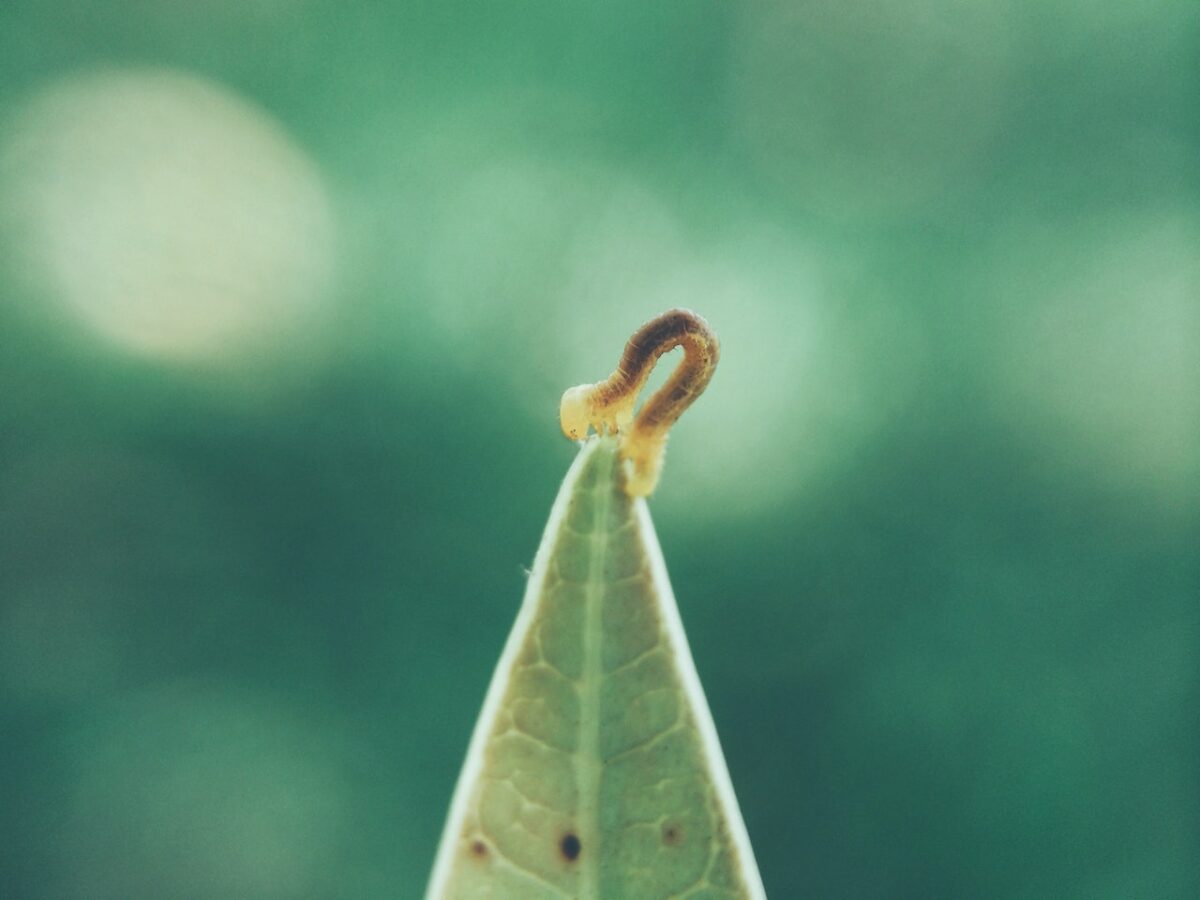
Despite their important role in the ecosystem, maggots have a negative reputation in many cultures. They are often seen as a sign of decay and filth, and their presence is considered unsanitary.
However, maggots have been used in various cultural and historical practices, including fishing, food preparation, and even traditional medicine.
In recent years, maggots have gained more attention as valuable tools for scientific and educational purposes. By studying their biology and behavior, scientists can gain insight into the processes of decomposition and nutrient recycling. It also allows them to learn about the role of insects in the ecosystem.
Maggots are used as models for genetics, behavior, and development research. By understanding maggots’ life cycle and behavior, researchers can gain a deeper understanding of the natural world and the processes that drive it.
Can Maggots Be Harmful To Humans?
In general, maggots are not harmful to humans – other than maybe giving us the creeps. They feed on decaying organic matter and do not have the mouthparts or anatomy to bite or sting humans. However, in some cases, maggots can cause health problems for humans.
For example, if a person has an open wound and maggots are present, they can feed on the dead tissue and cause the wound to become infected. Additionally, maggots can carry bacteria and other pathogens that can cause disease if they come into contact with a human’s skin or eyes.
What Happens If You Touch A Maggot?
If you touch a maggot, it is unlikely to cause any harm. As previously stated, they do not have the mouthparts or anatomy to bite or sting humans.
However, if you have an open wound or skin condition that makes your skin more susceptible to infection, it is best to avoid contact with maggots.
Here’s a list of some of the diseases that maggots are known to carry:
#1 Myiasis
Myiasis is a parasitic infestation caused by the larvae of flies that feed on living tissue, such as human skin or animal flesh. It can cause skin infections, wounds, and other health problems.
#2 Bacterial Infections
Maggots can carry a variety of disease-causing bacteria, including Escherichia coli (E. coli), Salmonella, and Staphylococcus aureus. These bacteria can cause food poisoning, sepsis, and other serious health problems.
#3 Parasitic Infections
This creature can also carry parasites, such as nematodes and cestodes, which can cause infections and other health problems.
#4 Tetanus
Maggots can transmit the bacterium Clostridium tetani, which causes tetanus, a potentially life-threatening condition characterized by muscle spasms and stiffness.
If you must handle maggots, washing your hands thoroughly afterward and wearing protective clothing, such as gloves, is important to reduce the risk of infection.
How To Prevent Maggots
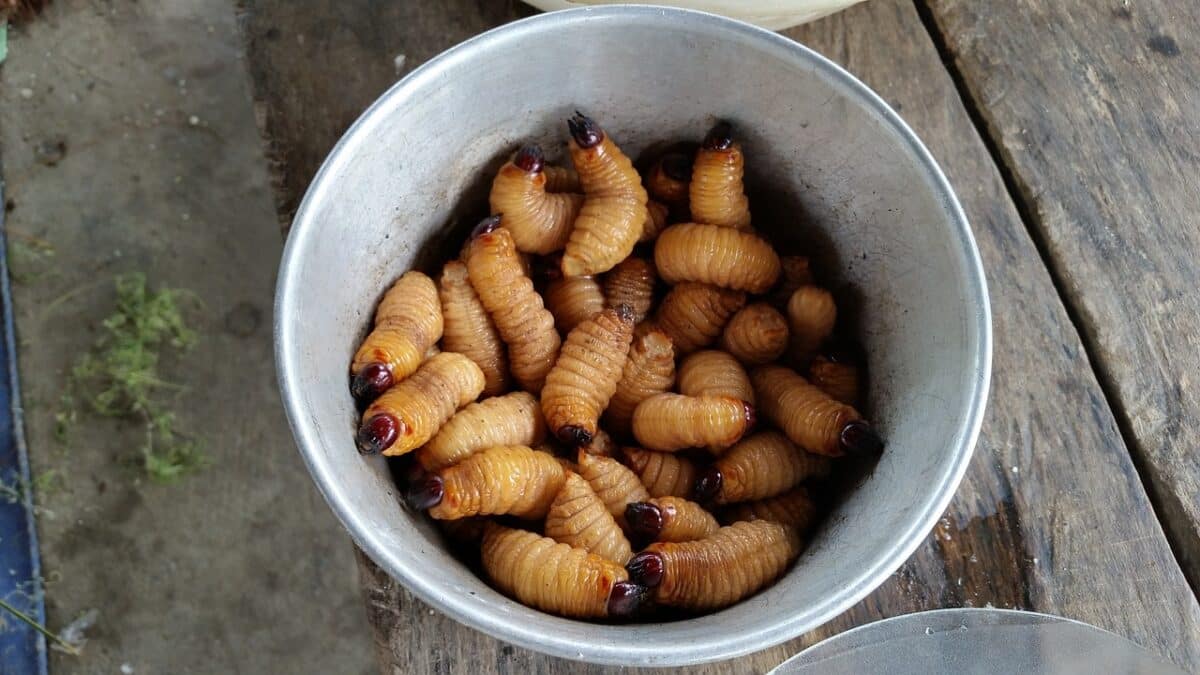
- Store food properly: Ensure food is stored in airtight containers or in the refrigerator to prevent flies from laying eggs.
- Keep your trash cans clean: Regularly clean your trash cans and make sure to use tight-fitting lids to keep flies away.
- Keep your home clean: Clean up any spills or crumbs immediately, as they attract flies.
- Seal cracks and holes: Make sure to seal any gaps in your house, as flies can use them as entry points
- Use screens: Keep windows and doors closed or covered with screens to prevent flies from entering your home.
- Use insecticide: If you have a persistent fly problem, you can use an insecticide to kill the flies and prevent them from laying eggs.
- Dispose of garbage properly: Make sure to dispose of garbage regularly and keep it away from your home to prevent flies from laying eggs.
How To Get Rid of Maggots?
Although they are essential for decomposing natural matter in nature, they are not great news when you spot them in your home. Say goodbye to those creepy maggots with these simple methods:
#1 Maggot Repellent Sprays
An insect-repellent spray is the most reliable way to eliminate maggots and their eggs. Head to your local store, grab a can, and then give the infested area a few sprays.
#2 Boiling Water
While they can’t drown, research shows that boiling water can harm them. If you don’t have a repellent, boiling water is a quick and cost-effective solution.
#3 Sprinkle Some Salt
People have claimed success with sprinkling salt on maggots, but note that the results may vary depending on the type of maggots.
#4 Raise a Pet That Preys On Maggots
Some pets, like frogs, chameleons, lizards, and geckos, naturally prey on insects like maggots. Alternatively, you could raise a venus flytrap plant.
Conclusion
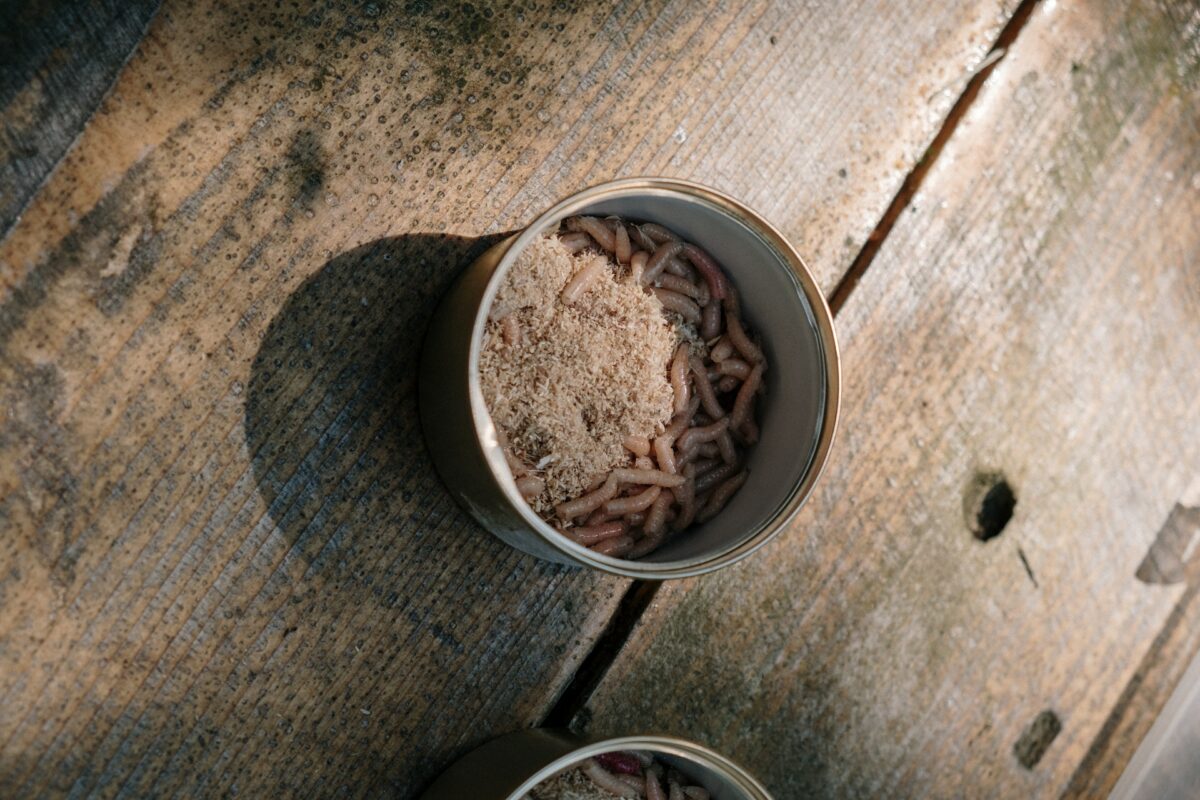
| Key Points |
| Maggots are caused by the eggs of flies hatching into larvae, also known as maggots. |
| They feed on decaying organic matter and do not have the mouthparts or anatomy to bite or sting humans. |
| Maggots can carry a variety of disease-causing bacteria, including Escherichia coli (E. coli), Salmonella, and Staphylococcus aureus. These bacteria can cause food poisoning, sepsis, and other serious health problems. |
| They have a simple but efficient anatomy, with adaptations that enable them to feed efficiently and defend themselves from predators. |
| Maggots are also used as models for genetics, behavior, and development research. |
Maggots are much more than just the immature stage of flies. They play a vital role as decomposers, breaking down organic matter and recycling nutrients into the soil.
Despite their negative reputation, maggots are a fascinating and important part of the natural world, and their study has the potential to reveal much about the processes that drive life on earth.
Thank you for reading this article! There’s many more creatures in nature that seem repulsive at first, but upon a closer look, are in fact vital for our planet. Read about the Hornet Nest or the Wasp Nest.
Join our Forum for free today!


